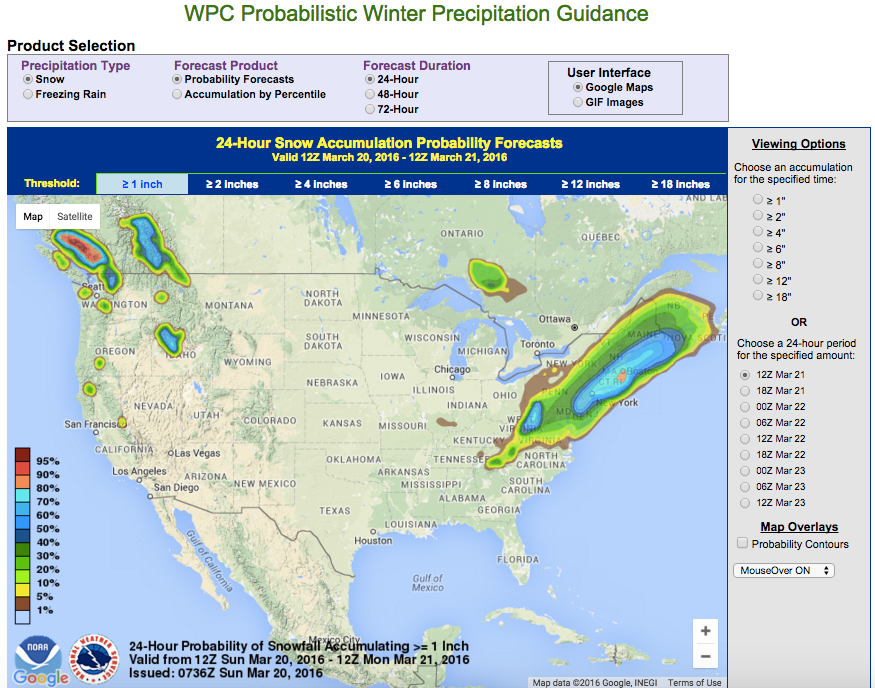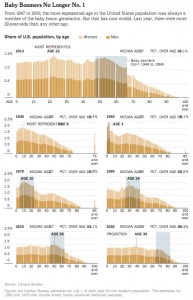A major study of income and life expectancy in the United States was just published last week in the Journal of the American Medical Association, titled “The Association Between Income and Life Expectancy in the United States, 2001-2014.” You can read the entire paper online (or download a pdf–see below), but the results were also reported on by various news sources, including The New York Times, which titled its post: “The Rich Live Longer Everywhere. For the Poor, Geography Matters.” (There’s also a related interactive map that lets you look at life expectancies in your area: “Where the Poor Live Longer: How Your Area Compares“. Note that this is county-by-county data.
The NYT page has a number of graphs and tables, including this scatterplot of life expectancy vs household income for men and women:
Below is the full paper, whose lead authors are two Harvard economists (Raj Chetty and David Cutler). Note the “Design and Setting” paragraph, which describes where the data was obtained:
Income data for the US population were obtained from 1.4 billion deidentified tax records between 1999 and 2014. Mortality data were obtained from Social Security Administration death records. These data were used to estimate race- and ethnicity-adjusted life expectancy at 40 years of age by household income percentile, sex, and geographic area, and to evaluate factors associated with differences in life expectancy.








